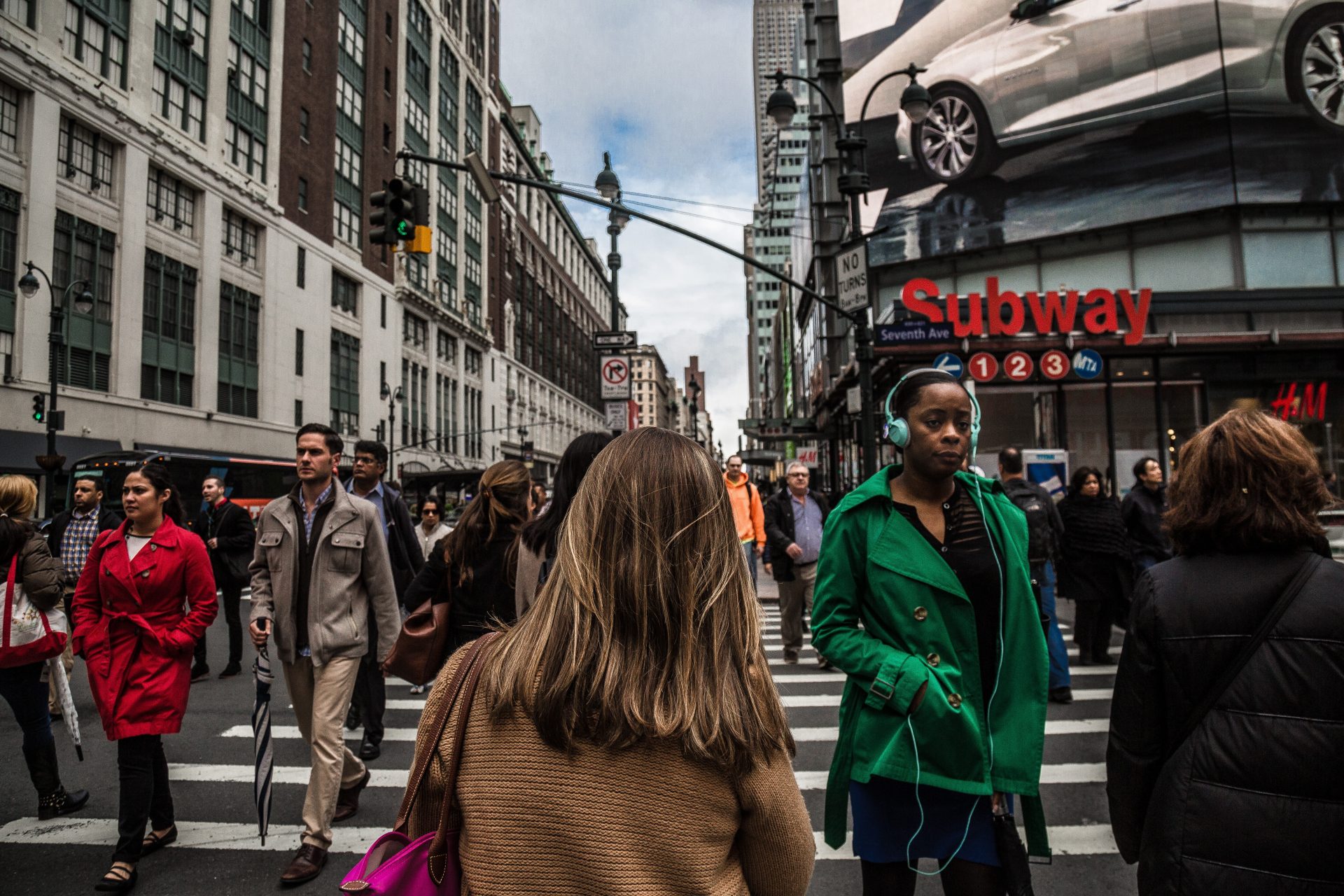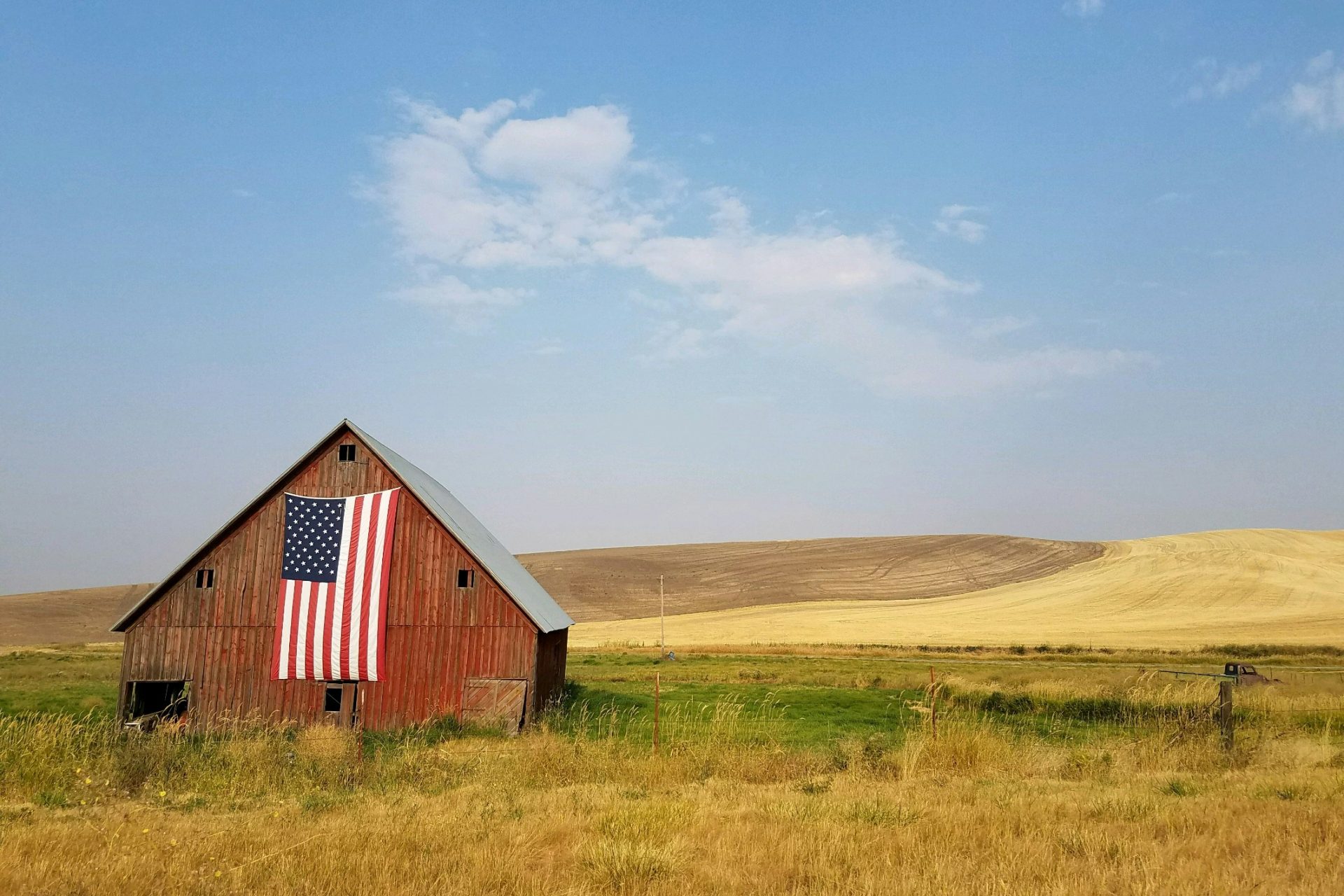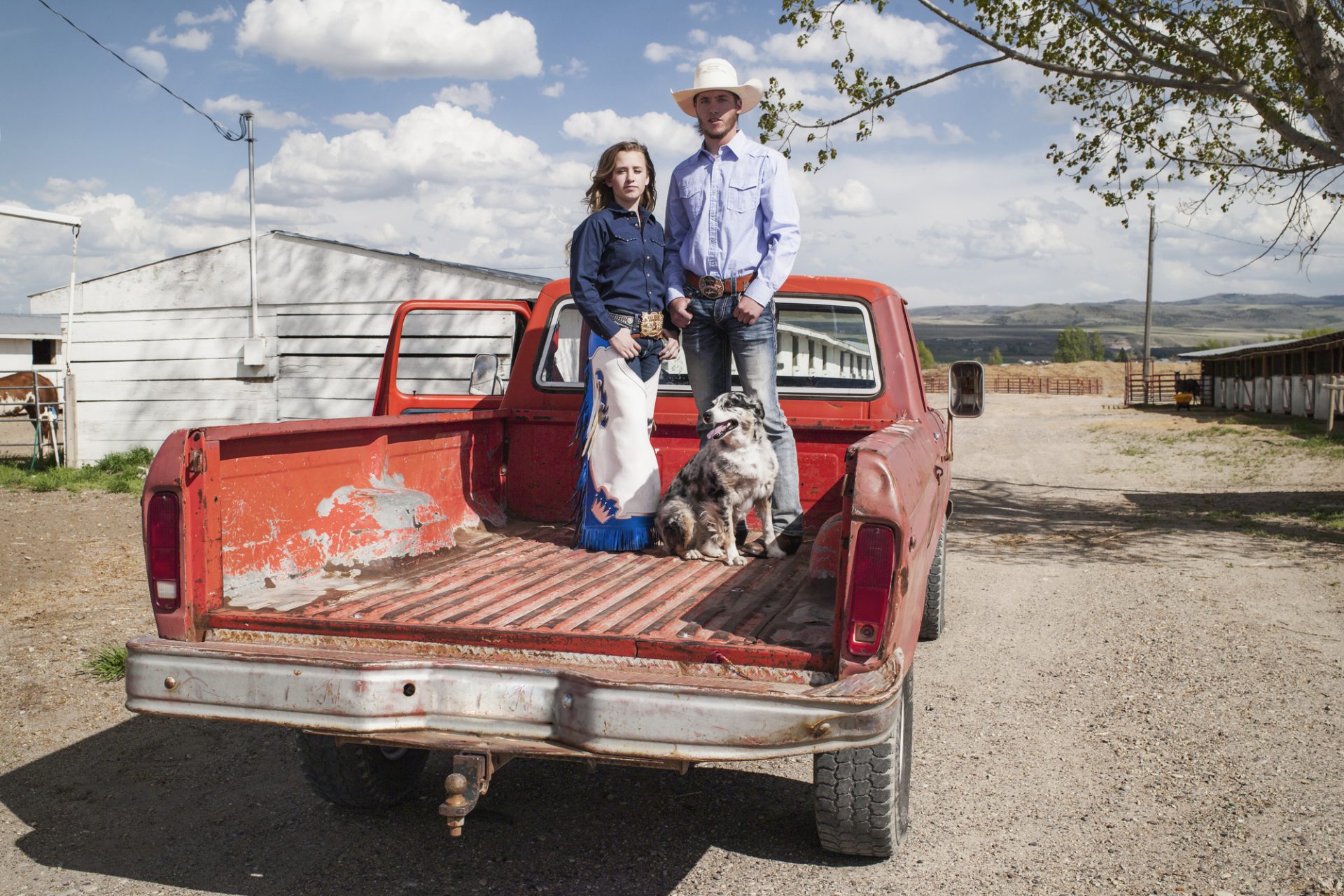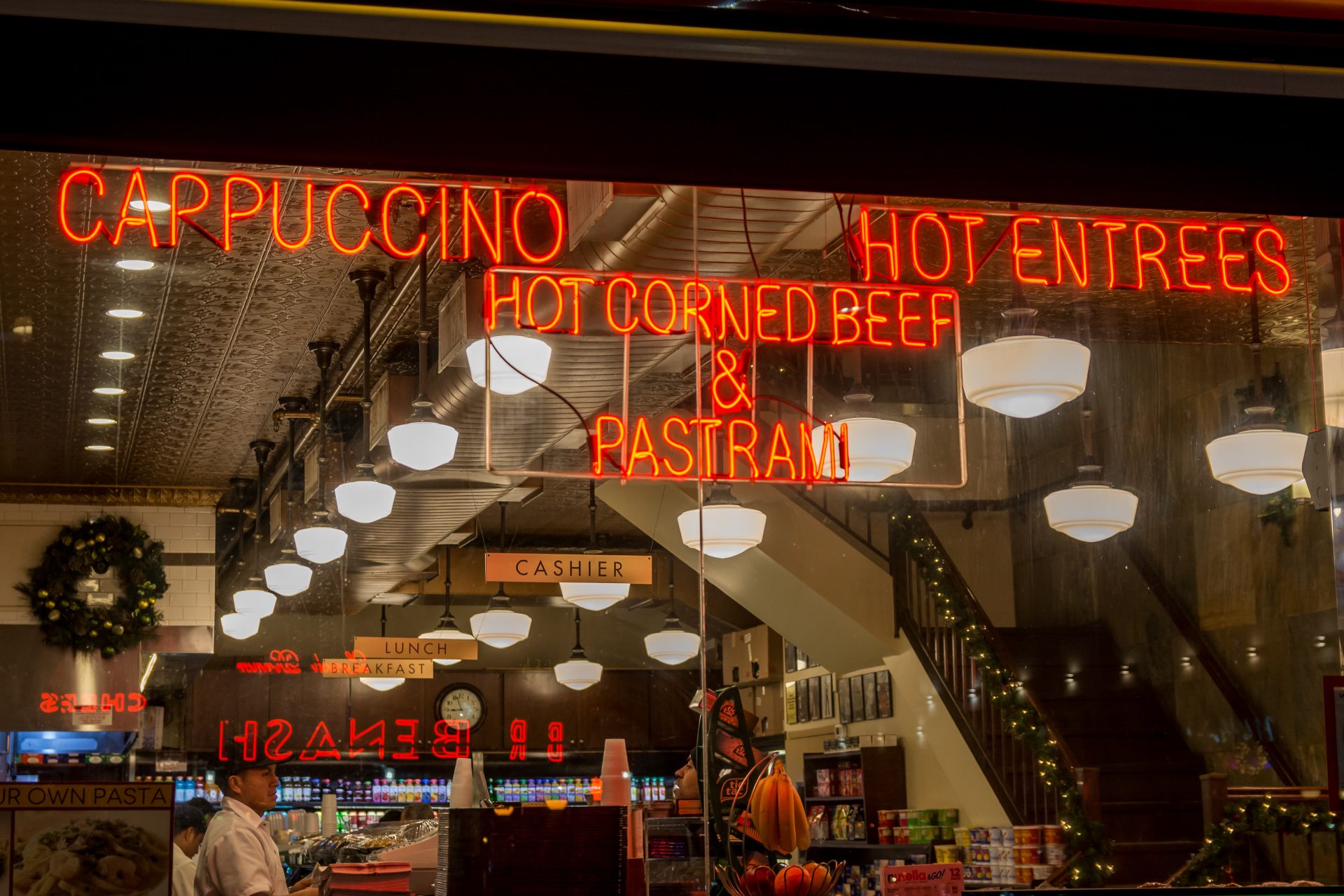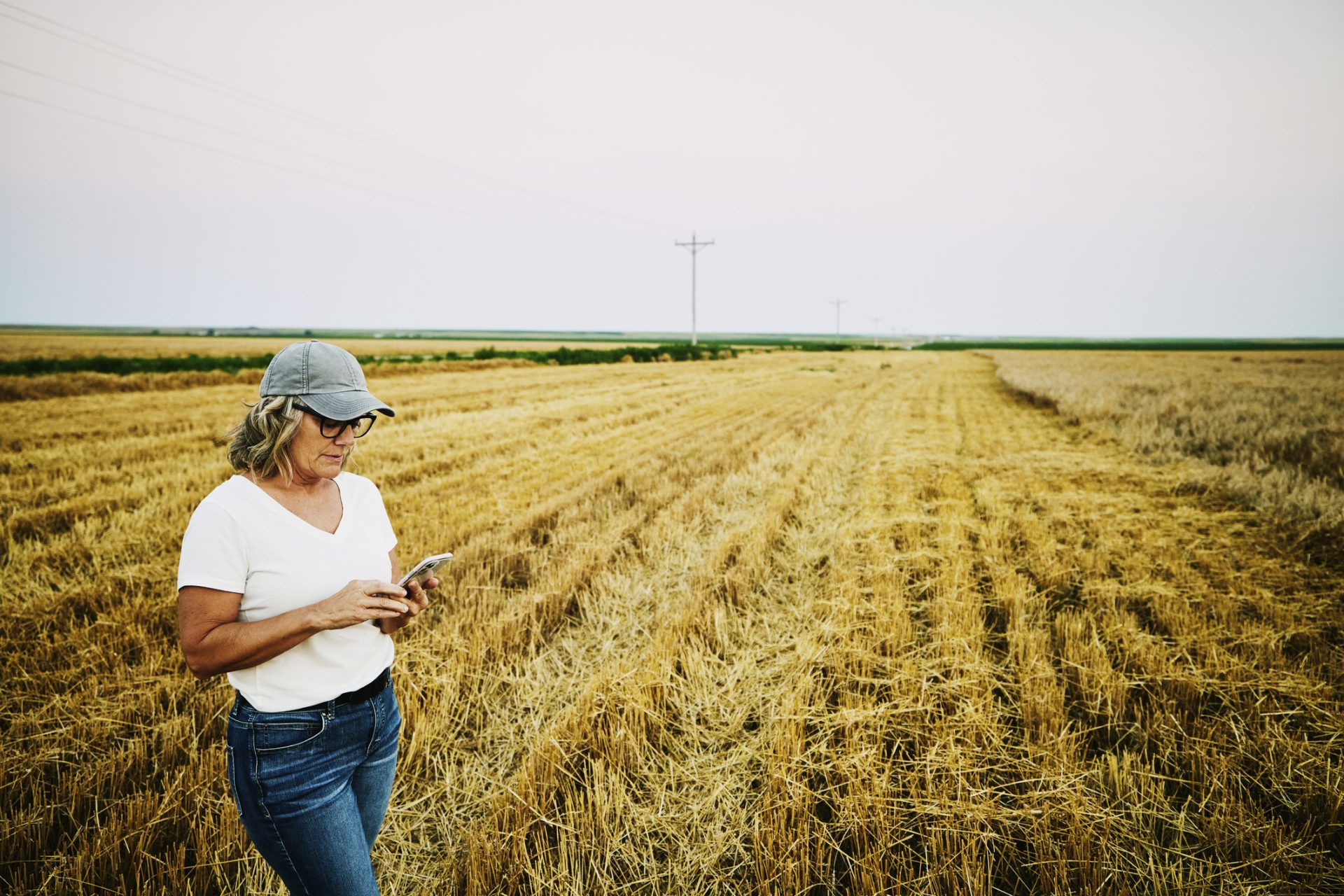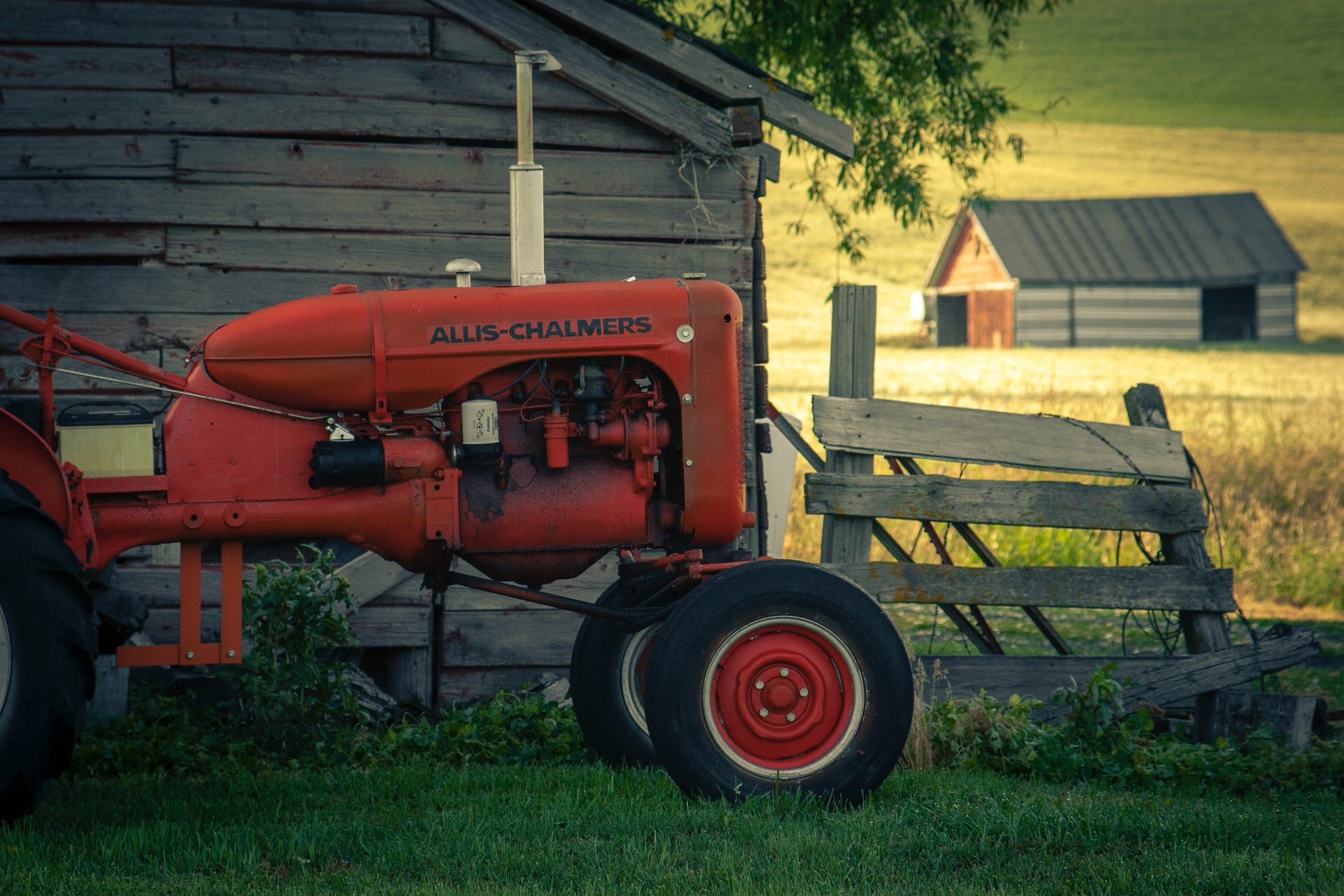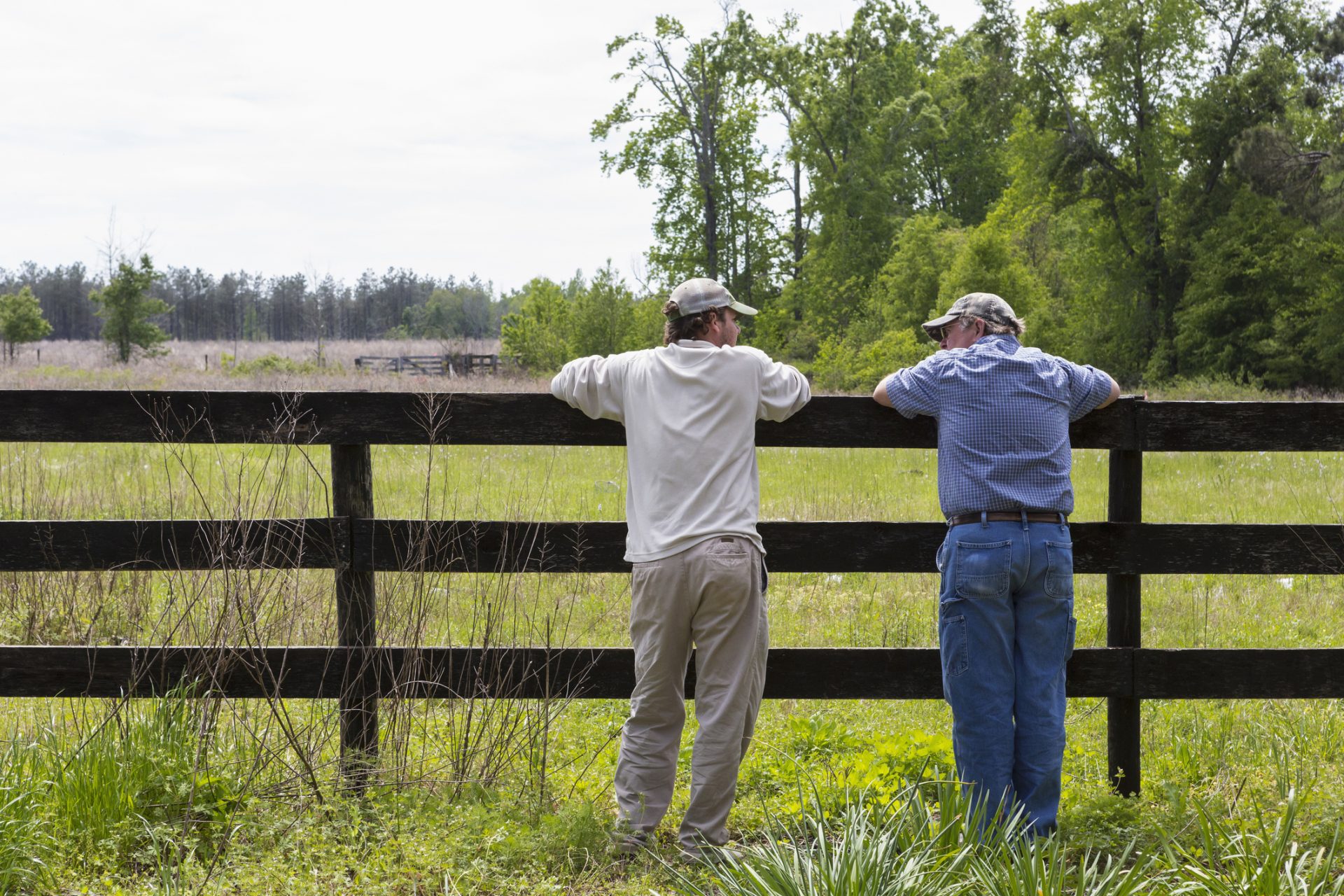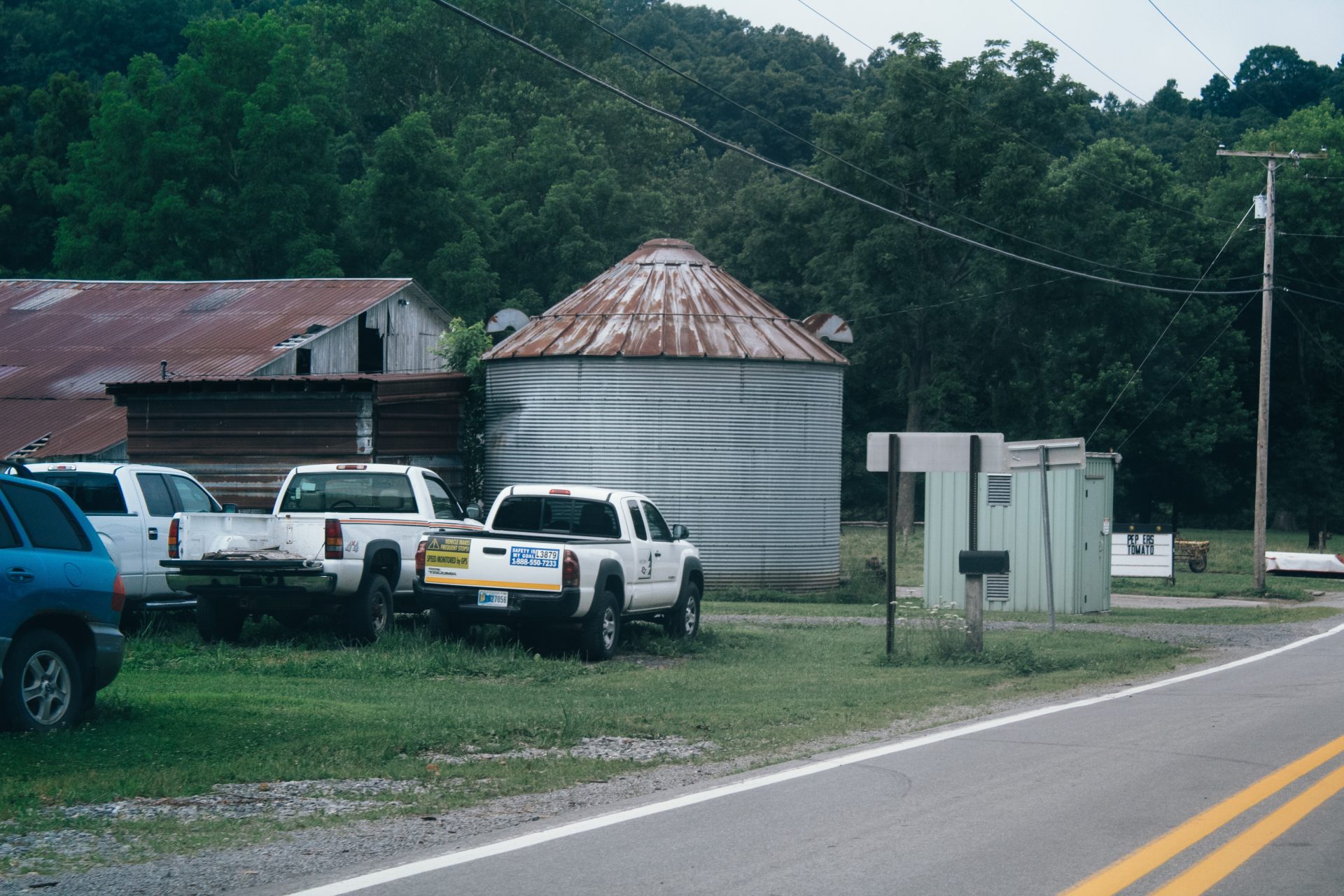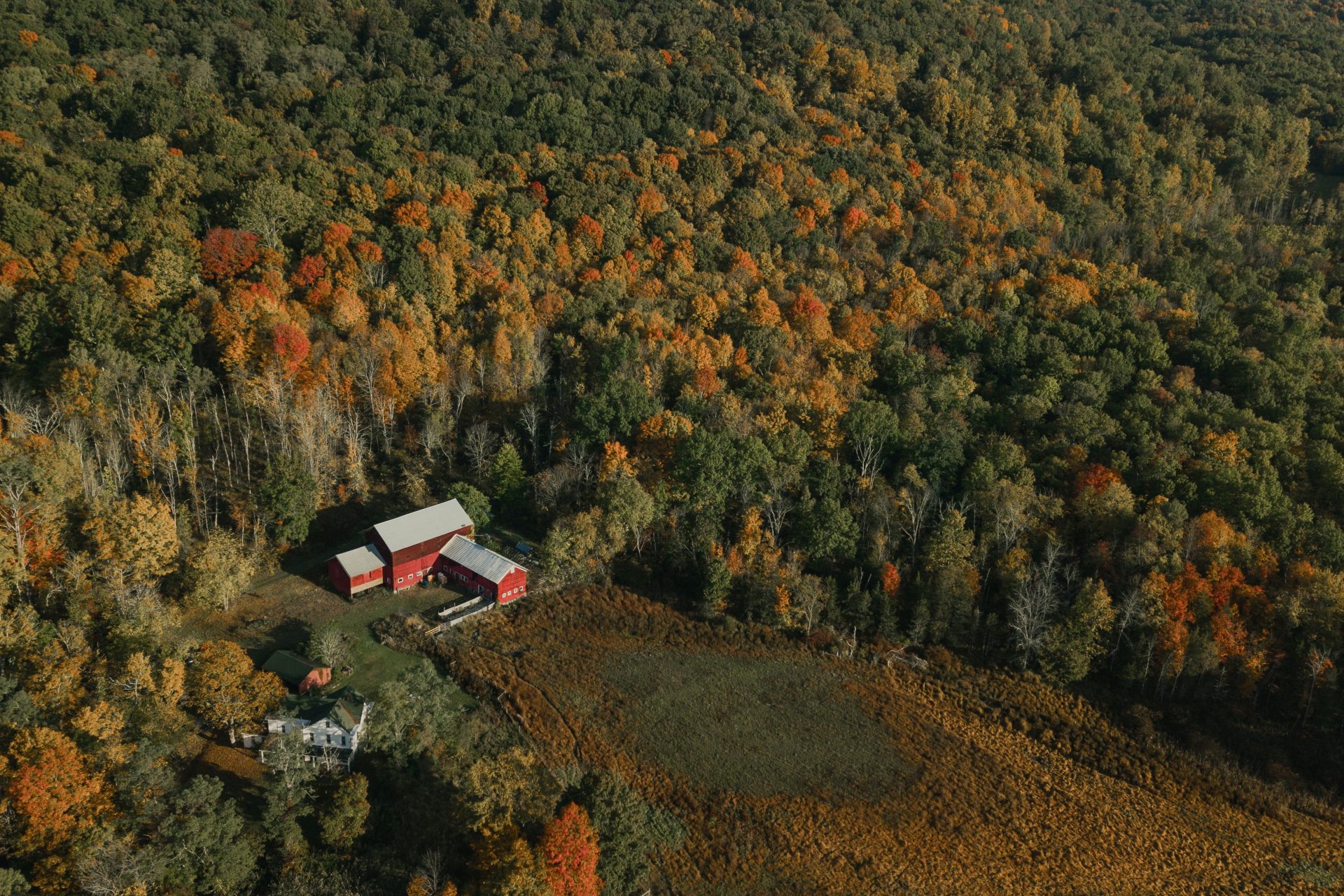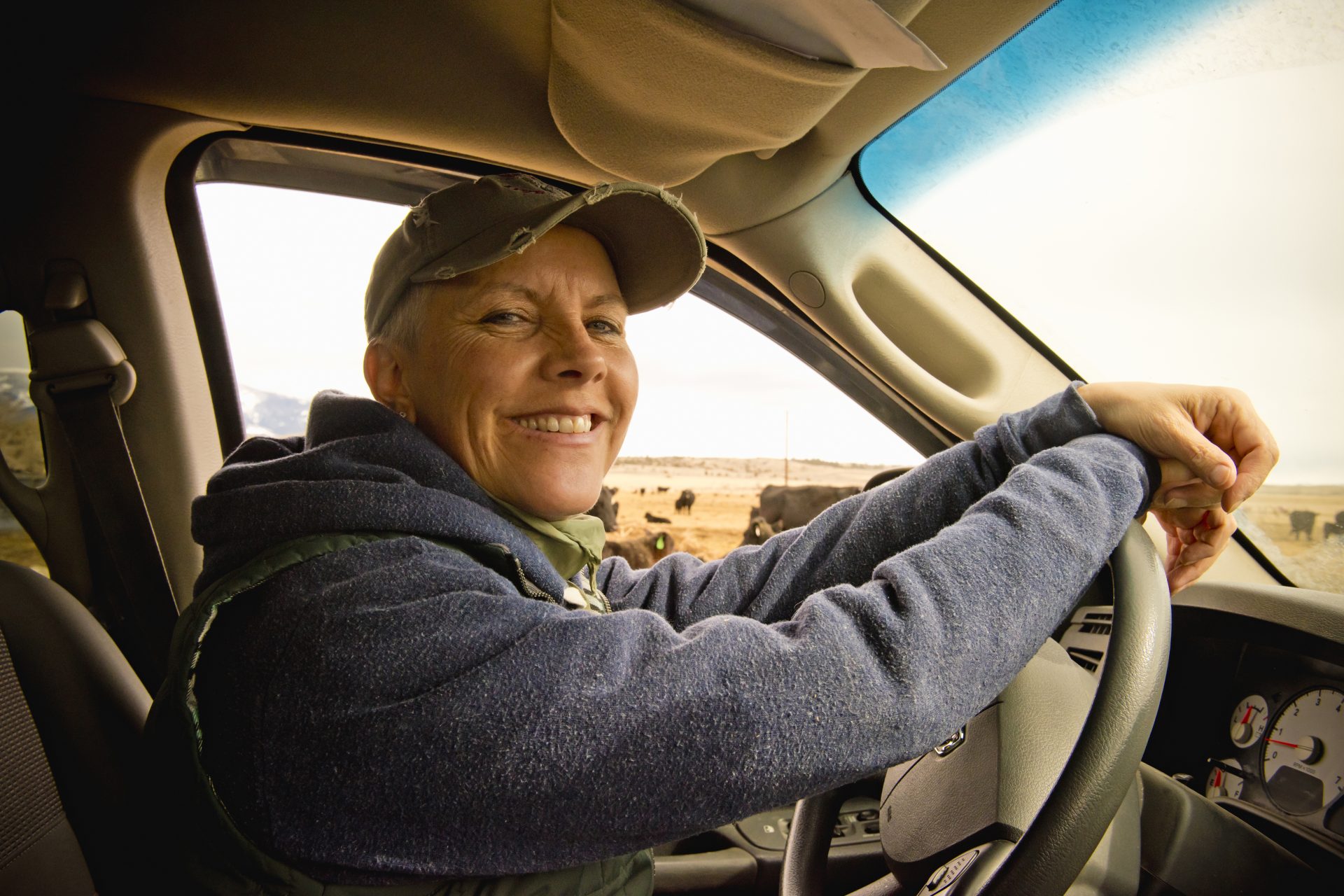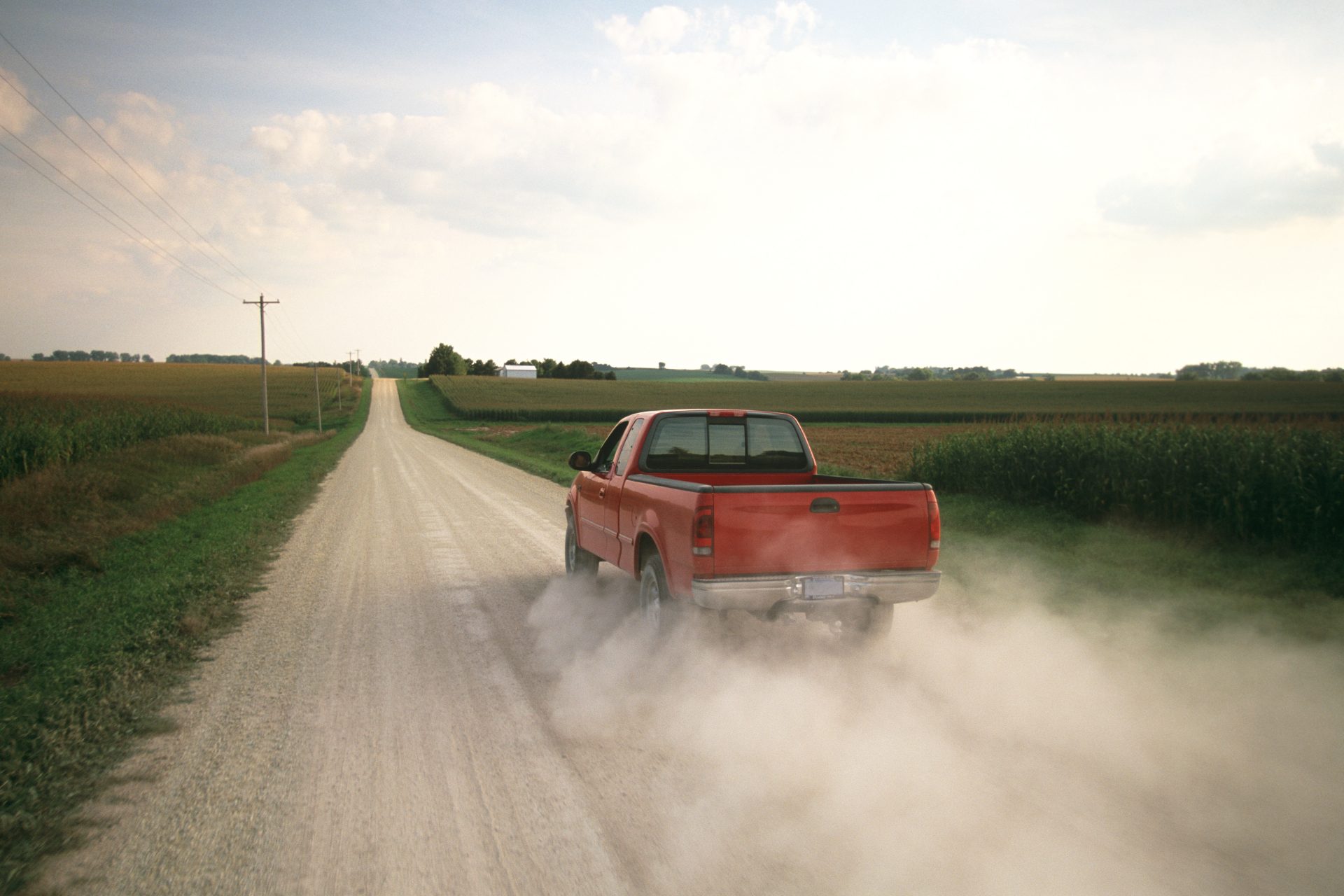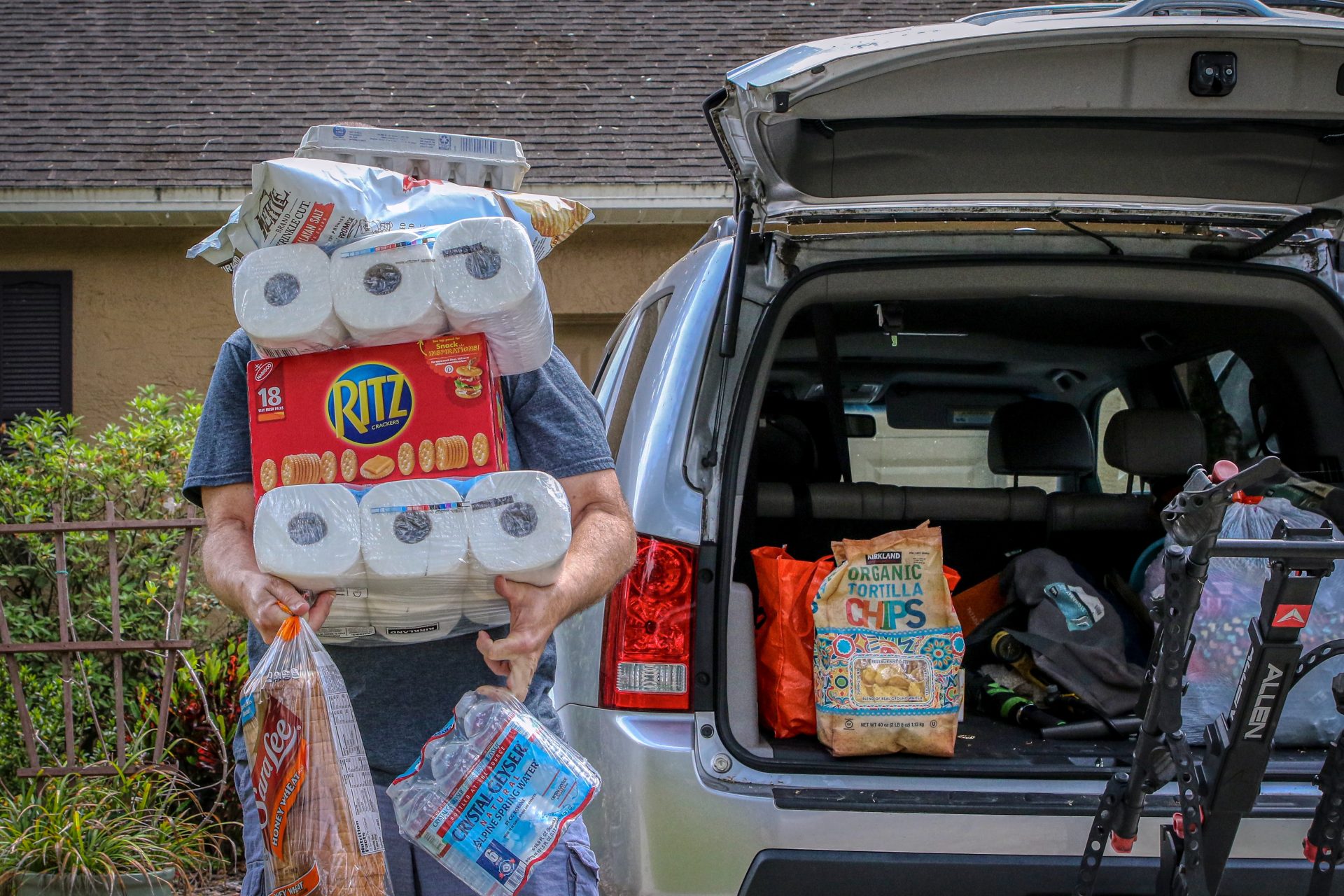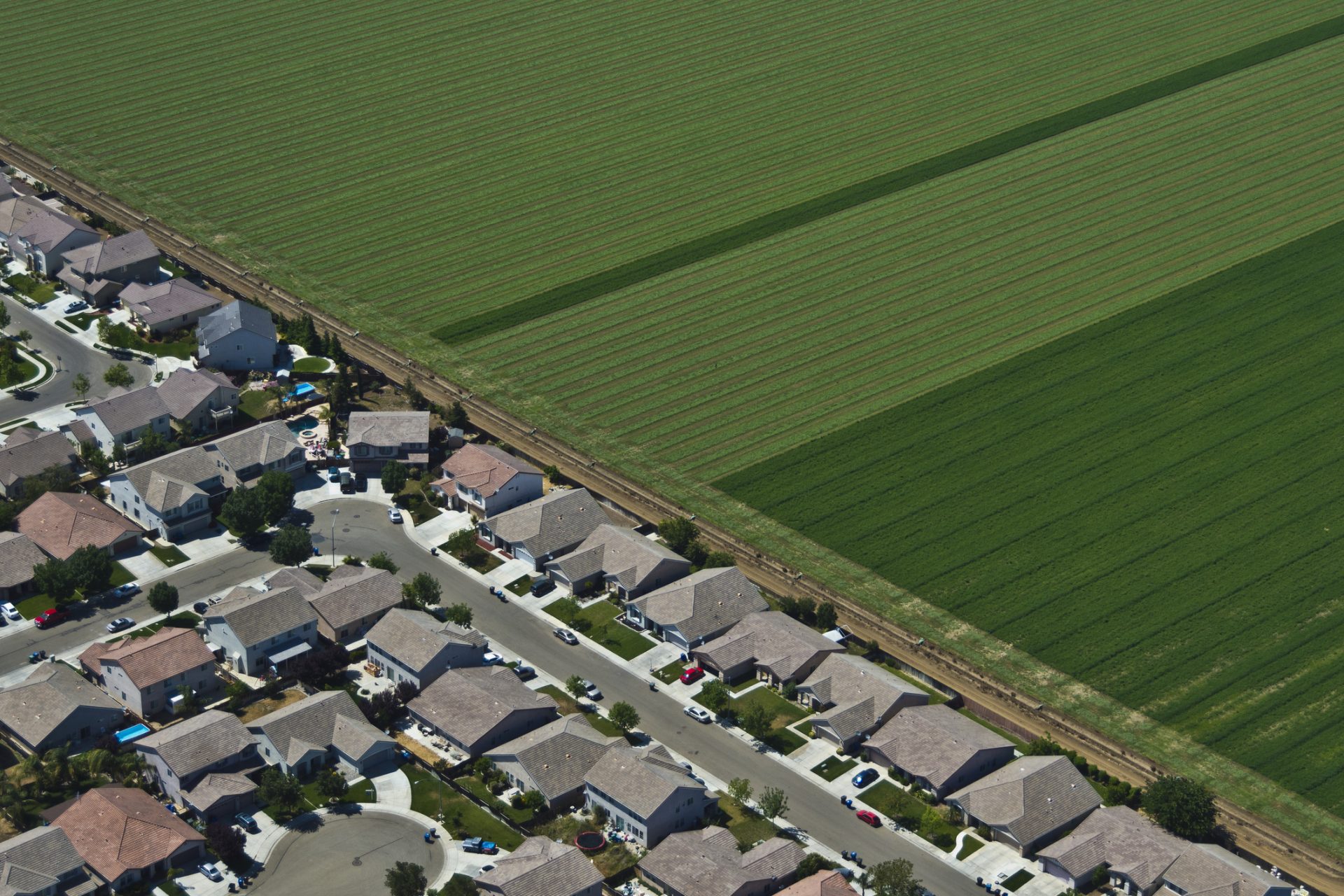Rural Americans spend more money on life than those in big cities
The costs of living in a major American city might seem like they outweigh those of people living in the country’s rural communities. But it turns out that living in a big city might just be the cheapest of the two options.
A recent report from Newsweek revealed that Americans living outside of major cities in the United States might be spending less money to live than those living in rural regions of the country. But why is this?
Photo by Christopher Burns on Unsplash
“The common perception is city life is vastly more expensive than living in rural areas, but I think it's a wrong one," financial literacy instructor Alex Beene told Newsweek. "Ultimately, it comes down to the individual and their spending habits.”
There are a number of factors that come into play when trying to figure out which group of Americans has it worse, and things like inflation and the cost of life’s everyday needs make a difference in affordability.
Photo by specphotops on Unsplash
Take for example the impact inflation had on rural households. Researchers actually do not know how the price fluctuations for everyday goods affect those living in rural areas of the country due to a lack of data.
The Federal Reserve Bank calculates the consumer price index—which is the key factor in calculating inflation according to Fortune—by looking specifically at the cost of goods for people living in urban regions.
Photo by Steve Harvey on Unsplash
People living in rural America aren’t surveyed which means roughly fourteen percent of the population isn’t taken into account when calculating how rises in inflation are affecting the country. This gap is not good.
There are economists who study rural America and they’ve noted consumption patterns in the rural areas of the country aren’t the same as those in the city, which means costs likely affect them very differently.
Photo by Timothy Eberly on Unsplash
For example, research from Iowa State University found that in 2020, inflation hurt those in rural areas more than the city due to the rising cost of goods and the reality of income in rural regions of the country.
Photo by Jen Theodore on Unsplash
The average post-tax income stood at $55,465 and the university determined that about 85% of rural incomes went towards expenses, leaving those living in rural America with $8,165 in discretionary spending.
“Rural earnings, especially from farm sources, also rose rapidly by 43% but were unable to keep pace with inflation. The net effect cut rural discretionary incomes by 33.5% between January 2020 and December 2022,” the university wrote.
Urban Americans were also affected by inflation between 2020 and 2022 and saw their discretionary spending in 2020 fall. However, urbanites were not as affected by inflation due to their higher incomes.
Some of the reasons behind the extra cost associated with rural living were revealed by Fortune, which noted one of the big expenses is those associated with the costs to run a car in rural America.
Photo by Sean Foster on Unsplash
"While housing is more expensive, you do not need a car, find produce markets that are less expensive than traditional grocery stores and there are more opportunities to find jobs," Fil Financial Corporation financial planner Paul Walker told Newsweek.
Photo by Clay Banks on Unsplash
Purchases, ownership, and the lengths of one’s commute all play a role in driving up the cost of owning and operating a car in the country whereas those living in the city have the option to walk, take public transit, or cycle, Fortune noted.
Rural Americans spend more time driving as part of their daily activities and research in 2018 from the Midwest showed that as much as 25% percent of workers commuted 50 miles or more each day.
More car usage equals more stops at the gas pump, more maintenance, more repairs, and more replacing of vehicles. But it isn’t just cars that make living in rural America the more costly option.
Fortune also noted the cost of simple things like eating at home cost more since grocery prices are more expensive in rural America since travel time to a store is costly whereas that isn’t an issue in the city.
Photo by Mick Haupt on Unsplash
Homes might be cheaper in rural America, but they’re also a lot more likely to cost their owners more money in terms of heating and cooling costs as well as in maintenance costs according to Iowa State University.
"Cities also tend to have more job opportunities, particularly in various industries, and a higher density of social services and community programs that can assist those in financial need," Tax Prep Tech Zack Hellman told Newsweek.
Photo by Julián Amé on Unsplash
However, just because it might be more expensive to live in rural areas it doesn’t mean life in the city isn’t tough as well. Where you should live may come down not to price but rather the type of lifestyle you would rather live.
Photo by Urban Sanden on Unsplash
More for you
Top Stories




